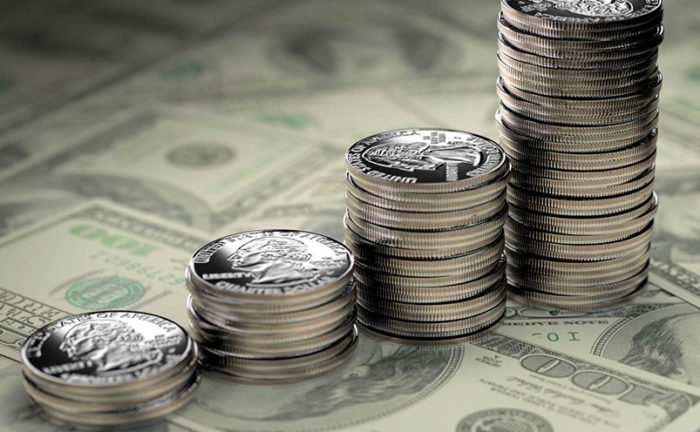
CEO vs Economist: Who’s Right?
One of the best things about teaching at Kellogg is that I get to hear and learn from remarkable business leaders.
This week I had a particularly interesting morning. I first heard from a noted and gifted economist, who was commenting on trends in the global economy. Then I heard from the CEO of a Fortune 500 company discussing the situation facing his firm.
The Debate
The two sessions were both fascinating, but there was a very clear point of disagreement. What happens next with inflation?
The economist was unequivocal. Inflation trends were going to moderate in the coming months. Part of the increase we are now seeing is simply a function of the comparison point. Last year we were in the middle of a pandemic when the economy slumped. At one point, oil producers had to pay people to take oil. Now things are opening-up and demand is increasing. So compared to last year, inflation looks high.
That doesn’t explain all the inflation we are currently seeing, but some of it. Other factors will moderate, too. The supply-chain will get back in order, energy prices will come down and people will go back to work.
The CEO was equally clear: inflation was notable and sustained and likely to continue or even accelerate in the months ahead. For him, this is a new world. As he explained to his team: “Not one of you has worked in an environment where we could raise prices.”
He couldn’t have been more direct about the outlook: “There’s no reason to think these things are going to reverse.”
Who’s Right?
Both people can’t be correct. One believes inflation will decline. The other believes inflation will continue or accelerate.
Who’s right? Do you go with the skilled and educated economist who is close to the latest numbers and data? Or do you go with the CEO who is seeing the situation in the field every day?
Betting on the CEO
I’m betting on the CEO. Inflation is going to be higher and more sustained than any of us might desire or imagine.
There are two reasons why I am leaning this way. First, economic models say inflation should moderate, but models are a function of history and inputs. Models don’t work well when there are unexpected dynamics. One of the few things most people can agree on today is that we are dealing with unexpected dynamics. When was the last time you saw so many help wanted ads? The global supply chain is in disarray and workers are retiring. This is causing unpredictable shocks. As the CEO explained, “The supplier on Friday says we can’t deliver on Tuesday.”
Second, pricing is a slow lever. Many companies were reluctant to increase prices in early 2021 because there was an expectation the inflation trend was just temporary. These companies only started raising prices when inflation was clearly a factor. The other dynamic is that price increases take a while to flow through a system: the manufacturer raises prices and later the supplier raises prices and later the retailer raises prices. So many price increases haven’t yet come to life for the end customer. The data currently in the market doesn’t really reflect what is coming up.
2022
The new year will bring lots of uncertainty. One thing that isn’t really up for debate: for the first time in a long-time we will be talking about inflation and higher prices. The only question is how long this will all continue. If you believe the CEO, as I do, it will be for quite a while.
If you would like to receive these blog updates, be sure to sign-up for my newsletter! I’ll be shutting off the blog email notifications next week.
Not impressed by that economist. Now even the Fed is predicting Core PCE inflation of 2.7% for 2022 (and I agree with you that even that projection is wishful thinking). Loved your post a bit ago about how consumer price increases are getting baked in.